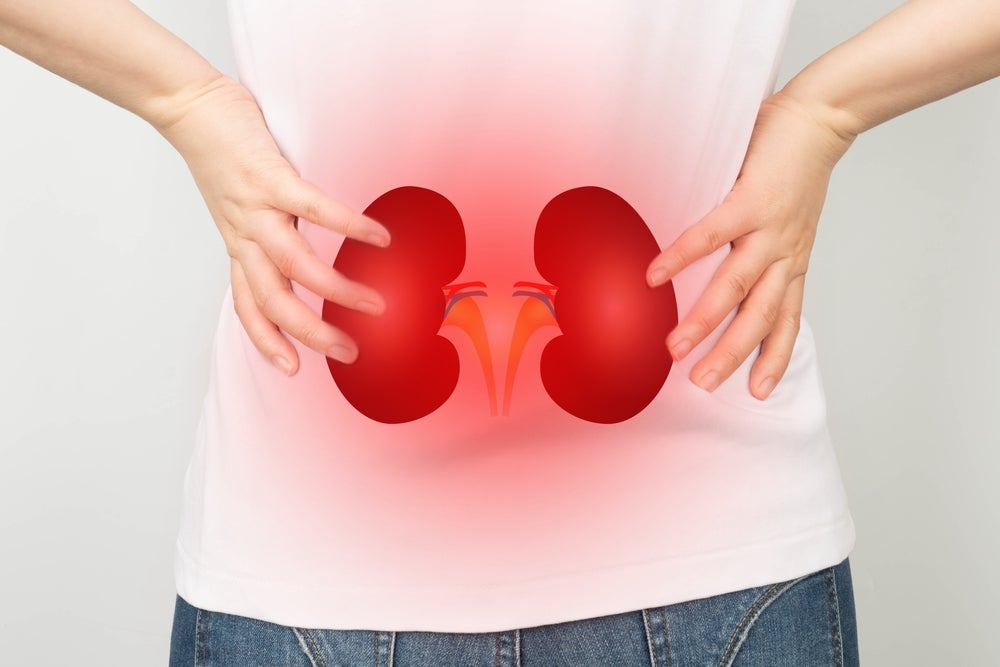The chronic kidney disease (CKD) anemia market across the seven major markets (7MM: the US, France, Germany, Italy, Spain, the UK, and Japan) is poised to grow at a compound annual growth rate (CAGR) of 1.7% from $4.4bn in 2024 to $5.3bn in 2034, according to leading data and analytics company GlobalData’s recently published report, Chronic Kidney Disease Anemia: Opportunity Assessment and Forecast. This modest growth will be driven by the increase in prevalent cases of CKD anemia during the forecast period. The overall diagnosed prevalence of CKD anemia cases is expected to increase at an AGR of 0.87%.
With an estimated $2.1bn in drug sales, the US dominated the CKD market in 2024, representing 48.8% of sales in the 7MM. GlobalData expects the US to remain as the leading market throughout the forecast period, generating sales of $2.7bn in 2034, representing 52.7% of the overall market across the 7MM. This dominating position within the 7MM is a result of the significantly higher costs of marketed products in the US and a high diagnosed prevalence.

Access deeper industry intelligence
Experience unmatched clarity with a single platform that combines unique data, AI, and human expertise.
The CKD anemia market is relatively well established. Many physicians believe that the existing therapies, namely erythropoiesis-stimulating agents and iron therapies, effectively control anemia for most patients. However, despite several treatment options, there is still room for improvement and innovation within the CKD anemia treatment space. Key opinion leaders interviewed by GlobalData noted that a key unmet need within the CKD anemia space is for therapies that are efficacious without the side effects that the long-term use of iron therapies pose. Besides the hypoxia-inducible factor prolyl hydroxylase inhibitor class of drugs and efesa (efepoetin alfa), the pipeline of novel CKD anemia treatments across the 7MM is considered to be sparse.
While the CKD anemia market is projected to grow during the forecast period across the 7MM, it will face some challenges that will curtail its growth. Potential barriers to growth of the global CKD anemia market include the loss of exclusivity of several key branded products that are expected to face patent and data exclusivity expiration, leading to brand erosion due to the emergence of biosimilars and generics.

US Tariffs are shifting - will you react or anticipate?
Don’t let policy changes catch you off guard. Stay proactive with real-time data and expert analysis.
By GlobalData


